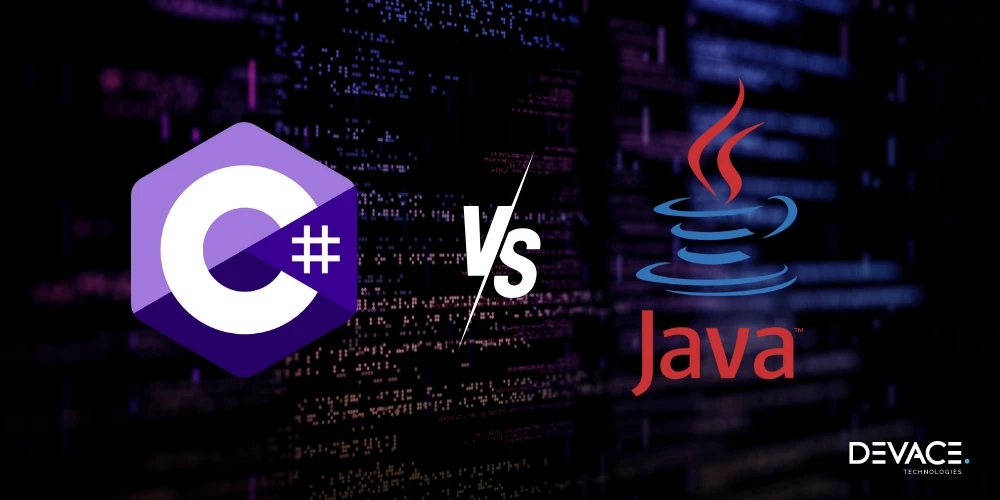If you are looking for the fastest programming language to develop your project efficiently. Then our list of the programming languages can help you because when it comes to programming speed it isn’t just nice- it’s a necessity.
So, in this blog, we will examine all of them and discuss their pros and cons.
Let’s begin with an initial introduction to programming languages and their characteristics.
What are the Fastest Programming Languages?
Any programming language that allows efficient development and execution of code is called the fastest programming language. The factors that determine the speed of the language are given below:
- Execution Speed: The language has optimized interpreters enabling the programs to run quickly.
- Development Speed: The in-built robust libraries can also increase the speed of the language.
- Performance: Efficient memory management & resource utilization determine language speed.
There are over 700 programming languages and qualities that make a language fast are JIT, interpreted or compiled, etc.
So, we are jotting down some of the other characteristics that determine the efficiency of programming language below.
Characteristics of the Fastest Coding Languages
The speed of programming language matters when it comes to efficient and robust development. So, the key features that make a programming language fast are given below:
- If the language is compiled, then it will run faster in contrast to interpreted.
- The efficient garbage collection also reduces pause time & increases speed.
- JIT (Just-In-Time) compilation translates the code during execution, therefore, optimizing the runtime efficiency and enhancing the performance
- Tools for the identification and improvement of slow code paths enhance speed.
- Static typing minimizes runtime checks thus helping in swift execution.
Not sure which programming language is best for you? Book a free call with our experts to know.
Top 12 Fastest Programming Languages
Our experts at Devace Technologies have prepared a list of the 12 best and the fastest coding languages to help you choose the right one for your next big project.
C
C is a general-purpose programming language that has low-level memory access. It is fast with clean syntax and suitable for system programming like operating system or compiler development.
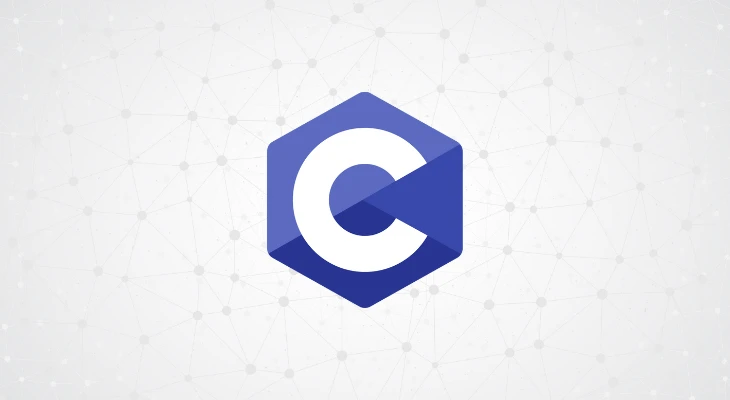
Another feature that makes it a favorable choice in the eyes of developers is its portability. Let’s see some of the pros and cons of this fundamental language in computer science.
| Pros | Cons |
|---|---|
| Simple to understand and write | Not object-oriented |
| Portability & low cost | Code must be compiled |
| Swift compilation & vast library resources | Requires a specific environment to run |
| Scalable and simple to maintain | No garbage collection & inefficient memory management |
| Offers standard library |
Let’s see some of the uses of the C so that you can better understand its implementations.
Uses of C
Some of the ideal scenarios in which C can be useful are given below:
- Building compilers & operating systems used on desktops or smartphones.
- Development of databases, internet browsers & their extensions.
- Best for the development of creative apps such as photography, and graphic design tools.
The next fastest programming language is C++, which is an extension of C with added support for object-oriented programming and templates.
C++
C++ is known for its execution speed and Standard Template Libraries. It is secure and versatile therefore an excellent choice for building reliable software. Other than this, it has a vibrant community of developers, and users, with a wealth of tools and resources.
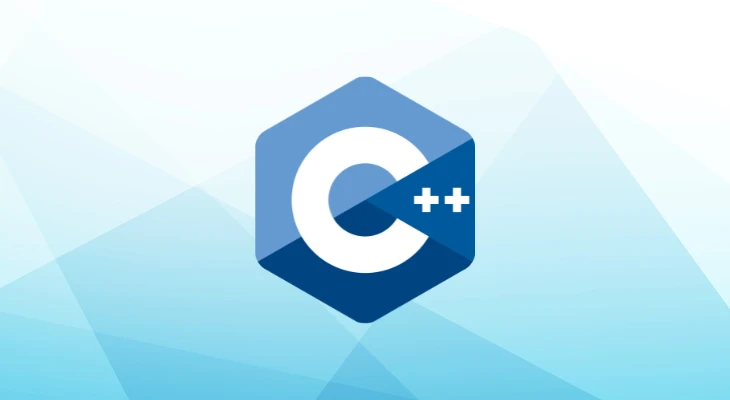
C++ is object-oriented allowing developers to create classes & objects and to define methods. Some of the pros and cons of C++ are given below:
| Pros | Cons |
|---|---|
| It is portable and object-oriented | Use of pointers |
| Versatile with extreme portability | No garbage collector |
| Strong community support | Security issues can arise |
| Compatible with C | Built-in threads are absent |
Indeed, C++ is one of the fastest programming languages in the world that despite being old continues to dominate the programming realm. Our experts have compiled some of its top uses.
Uses of C++
Some of the best cases in which the C++ can be useful are given below:
- C++ is vital in game development
- Best for the development of Graphic user interface-based apps.
- Used in enterprise software development (banking & trading apps etc.).
- Development of medical and engineering apps.
After C++, we have Rust which can be viewed as a modern version of C and C++.
Rust
Rust is a compiled and one of the fastest programming languages that help developers to debug at compile-time. It has the best documentation and easy compiler with top-end tools like multi-editor with features like auto-completion and type inspection.
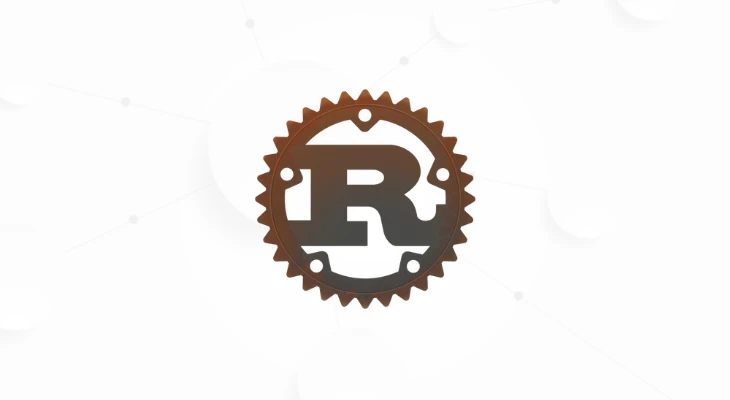
It can be safe by default like JavaScript, Python, and Ruby, and has its limitations and advantages.
| Pros | Cons |
|---|---|
| High performance & concurrency | Libraries are limited |
| Saves memory | Not easy to maintain |
| Cross-platform development | Less efficient than famous programming languages |
| Simple integration | |
| Powerful performance |
Rust prevents crashes eliminating common errors that make it one of the most demanded languages and some of its other uses are given below.
Uses of Rust
Some of the top cases where Rust has proved its usability are given below:
- Rust is utilized in networking apps, data science, and backend systems.
- It is useful for AI and machine learning
- Rust is very effective in data science through data manipulation.
- This language has proved its capability for robotics, automation, and automobiles.
The next we have is Java, which is one of the fastest-growing programming languages because of its simple syntax.
Java
Java is faster than C# despite the use of Java Virtual Machine, however, it is not as fast as C or C++. It is an object-oriented, class-based programming language.

It is a popular programming language because of its write-once and run-anywhere philosophy. The advantages and cons of this dynamic language are given below:
| Pros | Cons |
|---|---|
| It is platform independent with strong community support | Complex code and no backups |
| Powerful security | Poor GUI |
| Excellent scalability | More memory required |
| Portable and stable |
Java is one of the fastest coding languages which is efficient due to Just-In-Time (JIT) compilation which optimizes bytecode into native machine code at runtime. Java developers use the JIT compiler to turn class files into machine codes that improve the performance of applications.
Although, in the case of Python vs Java especially in terms of efficiency Java takes the lead. Below are some of the top uses of Java too.
Uses of Java
Some of the uses of Java are given below:
- Development of robust and user-friendly mobile apps.
- Building chatbots and other marketing tools.
- Supports efficient enterprise app development.
- Facilitates Artificial intelligence (AI) & Internet of Things (IoT) devices.
After Java, we have Kotlin which is included in the list of efficient languages. Let’s take a look below.
Kotlin
Kotlin is a general-purpose and versatile programming language that works on various platforms. Initially, designed for the JVM (Java Virtual Machine) and Android, it is focused on interoperability, clarity, safety, and tooling support.
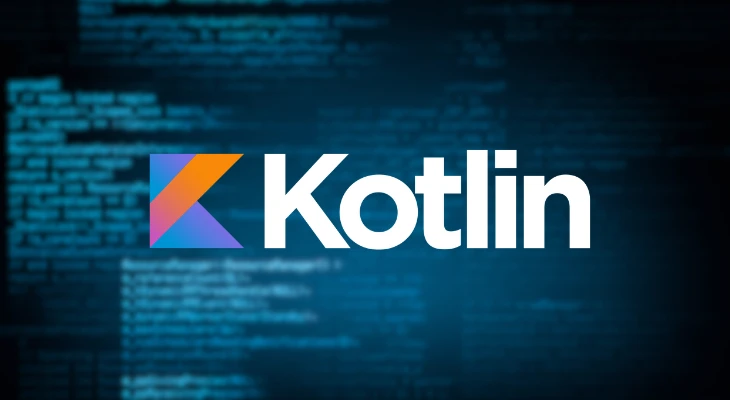
It is developed to be secure, expressive, and concise; therefore, reducing general programming errors. Let us tell you some of its pros and cons.
| Pros | Cons |
|---|---|
| Concise with cross-platform support | Less efficient than Java |
| Easy debugging | New and evolving |
| Compatibility with Java frameworks | Insufficient resources |
| Strong community support |
Uses of Kotlin
Kotlin is famous among developers worldwide because it has multiple applications.
- It can be used alongside Java for the development of the server.
- Kotlin is used in full-stack web development.
- Best for the development of multiplatform mobile apps.
- It is used in data science tasks such as the development of data pipelines.
Dart is another one in the list of fastest growing programming languages which now stands at 16th position.
Dart
It is a multi-purpose programming language that is used for developing user interfaces, building server-side apps, and handling data. Dart is especially popular among developers for the development of mobile apps using Flutter.
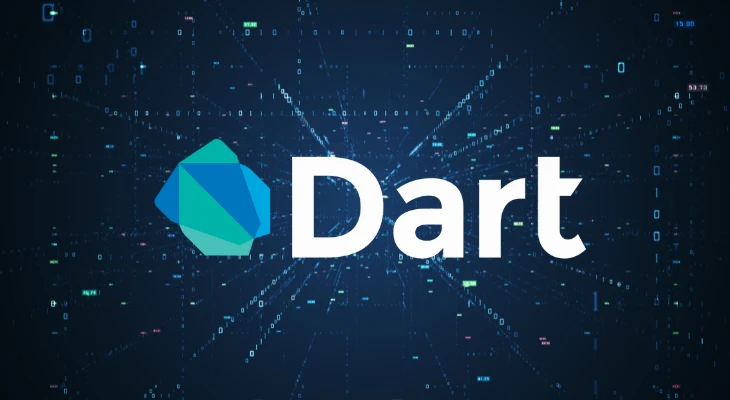
It is known for its modern syntax and strong typing and some of its pros and cons are given below to better understand its characteristics.
| Pros | Cons |
|---|---|
| High performance | Limited online resources |
| Best for real-time app development | Less support for native components |
| Easy and clear documentation | Based on a single OOP (Object-oriented programming language |
Dart includes features like Just-In-Time (JIT), and Ahead-Of-Time (AOT) compilation, which assist in performance optimization.
Swift
Swift is comparatively new to the programming world as it was released on 2014 and developers have marked it slightly less faster than other programming languages.
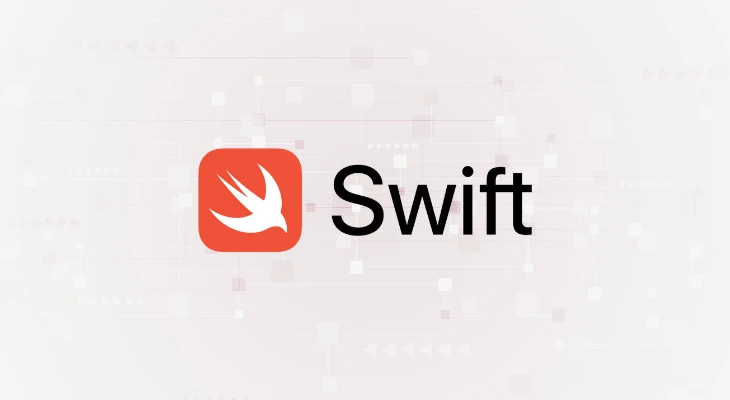
It has a modern syntax and is easy to read and write, making it easy for beginners and experienced developers. However, it has its limitations and advantages, so let’s have a look at them.
| Pros | Cons |
|---|---|
| High development speed | Constant changes |
| Open source | No support for previous versions |
| Advanced functionality and cross-platform development | |
| Strong community support |
It supports features like type inference, optionals and minimizes common programming errors.
Uses of Swift
Swift is among the fastest programming languages to learn but still it holds its value for iOS app development. Below are some of its main uses:
- Taking advantage of Cocoa & Cocoa Touch frameworks it can be used for the develop apps for macOS.
- It can be used for server-side programming with frameworks like Vapor and Katura.
- It is best at scripting & automating tasks within a macOS environment.
- Swift’s efficient performance and safety features make it a popular choice among developers.
So, the next language we have is Python which is known for its efficiency and robustness. Not to forget, Python frameworks and GUI libraries which make it one of the most desired languages around the globe.
Python
Well, Python is a popular language nowadays because of its utility in AI and data science. It is a versatile, and fastest programming language in terms of backend development. And it is well-received because of its simplicity and readability aspect.
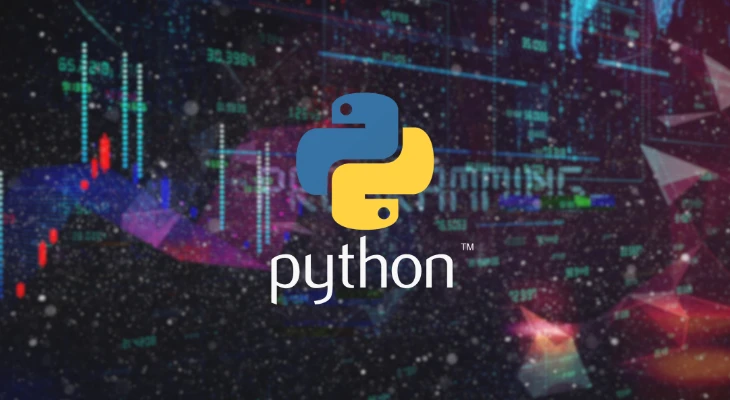
Python is known as the “battery included” language which means it comes with a large standard library that includes tools and modules.
But still, it has some limitations, and teaming up with our Python experts we are jotting down some of the pros and cons.
| Pros | Cons |
|---|---|
| Supports productivity | Limited multithreading |
| Open source and easily portable | High memory usage |
| Easy integration and a massive library | Runtime errors |
| Flexibility |
Python is used in web development, enterprise app development, and data science. We are mentioning some of its top uses below 👇
Uses of Python
This dynamic programming language has fueled the development of big solutions, and its top uses are given below:
- Python is used for building web apps because of scalability & fast development.
- It is the best choice for data analysis and visualization.
- Often used for scripting due to readability and simplicity.
Hire Remote Python Developers with Devace technologies in 48 hours!
The next language is Go which is easy to learn and its codes like Python are simple to read.
Golang
Go is among the list of fastest programming languages, because of its extreme efficiency and preferred because of its simplicity and reliability. It became publicly available in 2012 and quickly garnered the attention of developers.

Go is one of the leading modern programming languages around the globe because of its automatic garbage collection. Our experts have gathered its pros and cons for you.
| Pros | Cons |
|---|---|
| Extremely fast & efficient | Weak community support |
| Testing support available | No generics |
| Easy to learn syntax | Internal inconsistencies & poor library support |
| Automatic garbage collection | Implicit interfaces |
Go is also known for its versatility and supports the development of scalable cloud apps. Some of its other uses are given below.
Uses of Golang
Go is statistically typed and is a procedural programming language with widespread utility. Some of its top uses are given below:
- It is a popular choice for the development of web servers.
- Golang is best for building cloud-native apps.
- Creation of command-line tools and automation scripts.
- Great for building networking apps such as proxies, & load balancers.
- Golang is utilized in building data processing pipelines.
The next we have is Node.js which is a JavaScript runtime environment built on the V8 engine.
Node.js
Another among the list of the fastest programming languages is Node.js which is a cross-platform and open-source environment. It is a powerful tool suitable for a wide range of projects and runs on various platforms (Windows, Linux, Unix, Mac OS X, etc.)
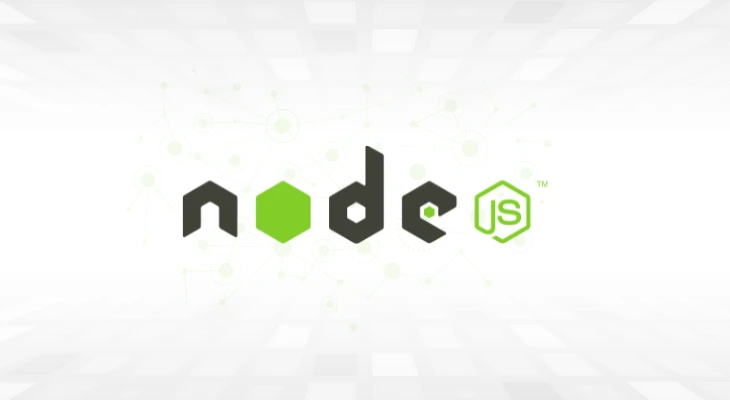
Developed by Ryan Dahl in 2009, Node.js uses JavaScript on the server and JavaScript frameworks are popular among Node.js developers.
| Pros | Cons |
|---|---|
| Scalable and easy to learn | Harder to debug |
| Creates high-performing apps | Utilizes asynchronous programming |
| Cross-platform development | Not ideal for heavy computational apps |
| Extensibility | |
| Vibrant community |
Node.js is the best for data-intensive apps since it uses asynchronous programming.
Uses of Node.js
Node.js can build dynamic page content and can modify data in your database. Some of the top uses that make it famous among developers are given below:
- It is useful for backend services like API development.
- Node.js is best for the creation of chatbots, and data streaming apps.
- It can create complex SPAs and IoT applications.
- The full-stack developers can build both frontend and backend using Node.js.
Hire our Node.js developers today to speed up your app development process
The next we have is Julia which is also relatively new to the programming world!!
Julia
Released in 2012, Julia was developed for scientific computing, data mining, and machine learning. It rapidly became famous among data practitioners because of its speed like C.

With general programming ability like Python, it is easy to learn in contrast to other languages. Also, Julia is best for technical computing and let’s see some of its advantages and disadvantages.
| Pros | Cons |
|---|---|
| Good execution speed due to JIT compilation | Limited adoption |
| Easy prototyping due to concise syntax | Fewer specified libraries |
| Optimized for statistical modeling | |
| Extensibility | |
| Vibrant community |
Julia is easier to learn than other languages and is designed for technical computing. It is used in financial modeling and some of its other uses are below.
Uses of Julia
Julia is mostly used in the development of numerical apps and here we are mentioning some of its top uses.
- It is best for certain machine learning tasks because of its speed.
- Julia is widely used for statistics & statistical analysis.
- Best to test new drugs and optimize treatments and diagnosis.
- It is used for building models & projections to make financial decisions.
- Julia is extensively used in the robotics industry to program robots.
Our search for the fastest coding language has brought us to F# which requires very little code for software development.
F#
F# with its lightweight syntax is supported by a robust type system and a convenient standard library. It is fast, reliable, and has a .NET runtime that can be used to build critical software.
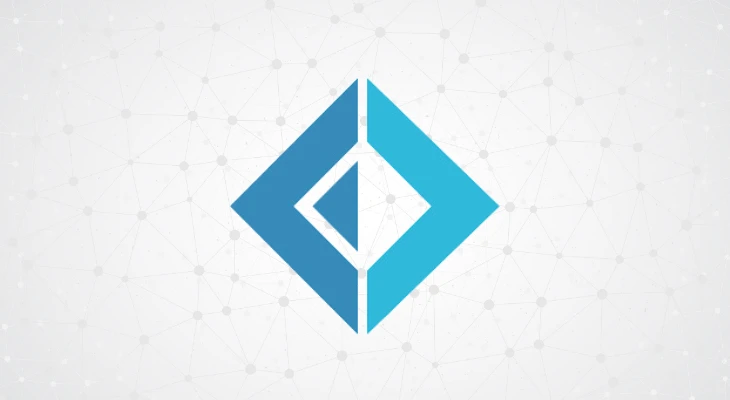
It has unique features like Type Providers and Units of Measures to help in machine learning and data science projects. Plus, F# is great when it comes to writing robust and performant code.
| Pros | Cons |
|---|---|
| Supports the use of data structures | Less advanced tools |
| Improved code consistency | No overload feature |
| Sophisticated data structures |
F# supports interactive programming and is designed for succinctness and expressiveness. It is one of the fastest programming languages and some of its uses that have created its strong demand are given below.
Uses of F#
The F# helps in writing robust, concise and high-quality code without bugs and some of the best scenarios in which it can be useful are given below:
- F# is used in scientific and numeric computing such as in biotech and greentech.
- F# is for web development because of frameworks Giraffe and Saturn.
- Large-scale applicability in the finance industry for risk analysis & algorithmic trading.
Comparing the fastest Programming Languages by Speed
Now you know about the top 12 fastest programming languages and their pros and cons, so to help you better compare the speed of each language our experts have compiled a table.
| Language | Speed (Relative) |
|---|---|
| C | Fastest |
| C++ | Very fast |
| Rust | Fast |
| Go | Fast |
| Swift | Fast |
| Java | Moderate |
| Kotlin | Moderately fast |
| Dart | Moderate (in comparison to languages above) |
| F# | Moderate (in comparison to the languages above) |
| Node.js | Moderate |
| Python | Slower (in comparison to C) |
| Julia | Fast |
Now you have the list of the fastest programming languages, and we hope with the help of this blog you can choose the best one.
Wrapping Up
Selecting the right fastest programming language among the list of programming languages can determine the ultimate success, health, and destiny of your project because the efficient programming language increases the execution speed and streamlines the development process.
So, for now, if you want to choose the fastest coding language that can efficiently develop your project then do not only consider its speed. Look for its pros, cons, and best use cases to make a correct choice.
Choose the Right Fastest Programming Language with Devace
Let Devace technologies accelerate the development of your project with the best and fastest programming language that fits your project needs. We have helped big brands like JIMMY CHOO and Pandora achieve success with robust architecture and interactive interfaces. Our experts have also designed flexible models to help you hire as per your budget.
- Hire on a monthly, hourly, or permanent basis
- Pocket-friendly prices
- No extra charges
- Staffing in 48 hours!
You can book your free call here.
Frequently Asked Questions
Which is the fastest programming language?
C, regarding low-level development, is termed the fastest programming language and is best for commercial app development.
What type of programming languages have the fastest execution time?
The compiled programming languages have the fastest execution time because of their direct translation into machine code. These languages enable optimizations that interpreted languages cannot achieve. For instance, C and C++ are known to have the fastest execution time and are therefore counted among the fastest programming languages.
Is C++ faster than Java?
C++ is faster than Java mainly because it compiles directly to machine code allowing for low-level optimizations. On the other hand, Java runs on Java Virtual Machine (JVM) which introduces overhead because of Just-In-Time (JIT) compilation.
Which are the top 10 fastest programming languages?
The top ten fastest programming languages that support developers efficiently build solutions are:
- C
- C++
- Rust
- Java
- Kotlin
- Dart
- Swift
- Python
- Golang
- Node.js
Which is faster, C or C++?
C++ is one of the fastest programming languages, but C is marginally more efficient in low-level scenarios. Because of the simpler syntax and absence of overhead from object-oriented features
Is Rust a faster programming language than C?
Rust is as fast as C because both convert code into machine language. But the extra safety features of Rust can slow it down. In many cases, it can run as fast as C and the performance can depend on what type of project you are working on.




